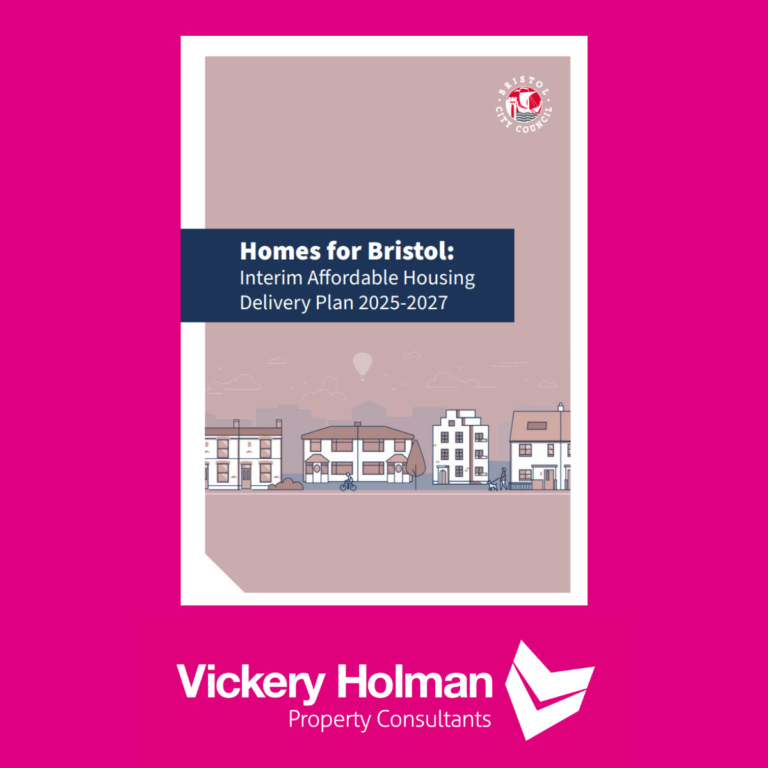In a paper entitled “Transforming Business Rates”, published in October 2024, the government has outlined its objectives for reforming the business rates system. These objectives are centred around:
- Protecting the high street
- Encouraging investment
- Creating a fairer system
Protecting the High Street
Protecting and supporting high streets is said to be a priority. The government seeks to ensure the business rates burden is permanently rebalanced and high street businesses are protected. Since the COVID-19 pandemic, a one-year Retail, Leisure and Hospitality relief has been repeatedly rolled over as a temporary measure, causing a great deal of uncertainty for businesses about their business rates liability from one year to the next. The government now believes it is important to establish permanent, sustainable support for these businesses within the business rates system.
The government has therefore announced that it intends to permanently lower tax rates for retail, hospitality and leisure properties with rateable values under £500,000 from 2026-27. The biggest cut will be given to properties currently paying the small business multiplier – those with a rateable value less than £51,000. Those properties currently paying the standard multiplier, with a rateable value between £500,000 and £51,000 will also benefit from a permanently lower multiplier. The rates for these new multipliers will be set at Autumn Budget 2025.
The government intends to fund this tax cut sustainably, by asking those who can pay more to contribute to supporting the high street. The intention is to introduce a higher multiplier for properties with rateable values of £500,000 and above from 2026-27 – this will capture the majority of large distribution warehouses, particularly those used by online giants.
During the interim period, for 2025-26, retail, hospitality and leisure businesses will receive a 40% relief on their business rates up to a cash cap of £110,000 per business.
Encouraging Investment
The government seeks to support businesses to grow and there have been some recent changes in this area; including the introduction of Improvement Relief in April 2024 and the business rates exemption for green plant and machinery. Areas the government seeks to hear about include but are not limited to:
- The efficacy of Improvement Relief
- The relative importance of business rates and other tax factors when business are making investment decisions
- The impact of losing Small Business Rates Relief on expansion to a second property
- The presence of cliff-edges in the system which may act as a disincentive to expand
- The efficacy of Empty Property Relief in supporting landlords to make improvements to their properties
A Fairer Business Rates System
The government believes a fair business rates system is one in which everyone pays their share and valuations are responsive to economic reality. The government therefore seeks to make the system more responsive. The current system is limited in its ability to respond to change because there is a two-year gap between the date on which properties are valued – the Antecedent Valuation Date (AVD) – and there is a three year gap between revaluations. Combined, these two factors mean that, by the end of a three-year rating list, it has been five years since the AVD. The government plans to work with businesses to asses the potential costs and benefits of shortening the gap between the AVD and valuations coming into effect, and increasing the frequency of revaluations, while also considering the delivery considerations. Condensing the revaluation of 2 million non-domestic properties into a shorter time frame requires changes to the current system, including giving rate payers the responsibility to provide information to the VOA annually. We had been expecting this information duty to be rolled out between April 2023 and March 2026, with reforms to the check, challenge, appeal system due to be implemented from 2026 onwards. However, due to the complexity of implementing these reforms and following further consultation with ratepayers, the VOA has revised these timelines as follows:
- Phased implementation of the new transparency requirements will begin in 2026 with most ratepayers being able to access more tailored details about properties comparable to their own. Expanded valuation information and rental evidence will be available to occupiers from 2029
- The information duty roll out will begin from 1st April 2026 – this will be phased to ensure the system works as intended. The information duty will be formally activated and mandated for all by 1st April 2029
- The removal of “Check” as a separate process and a shortened “Challenge” timeline will be implemented for the 2029 rating list
Conversation between stakeholders and government
The government is interested in engaging with all interested parties and stakeholders on the priority areas discussed above. They are especially interested in the views of:
- Businesses
- Local authorities
- Rating agents
Engagement is due to be conducted between November 2024 and March 2025, with an initial phase of engagement before Christmas. Written representations are invited from stakeholders until March 2025.
To discuss Business Rates, please contact our Rates Consultancy team.





